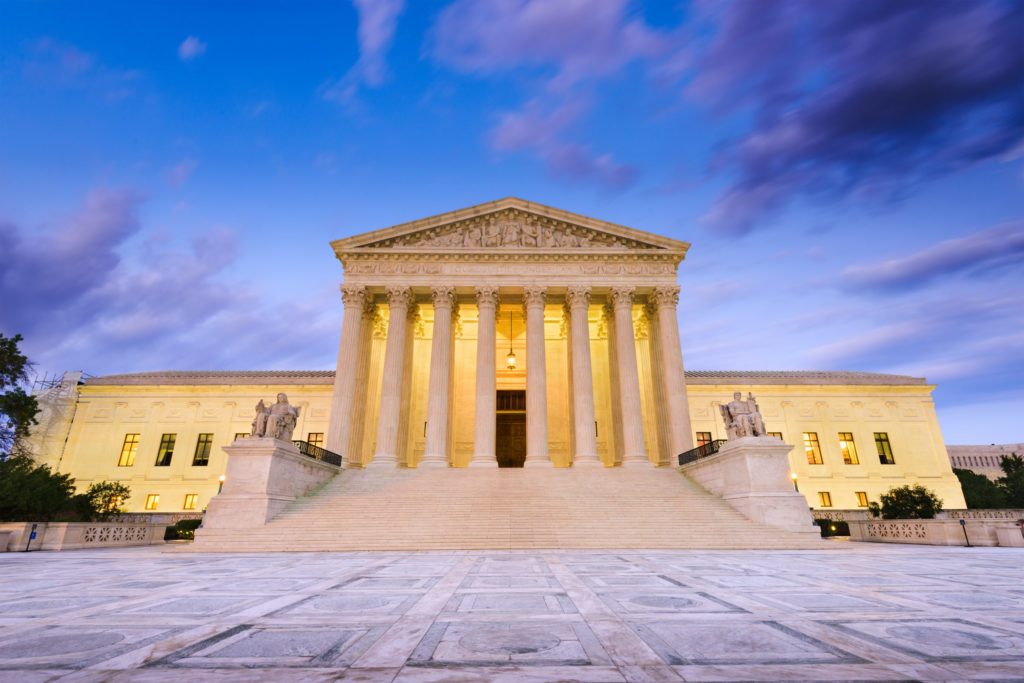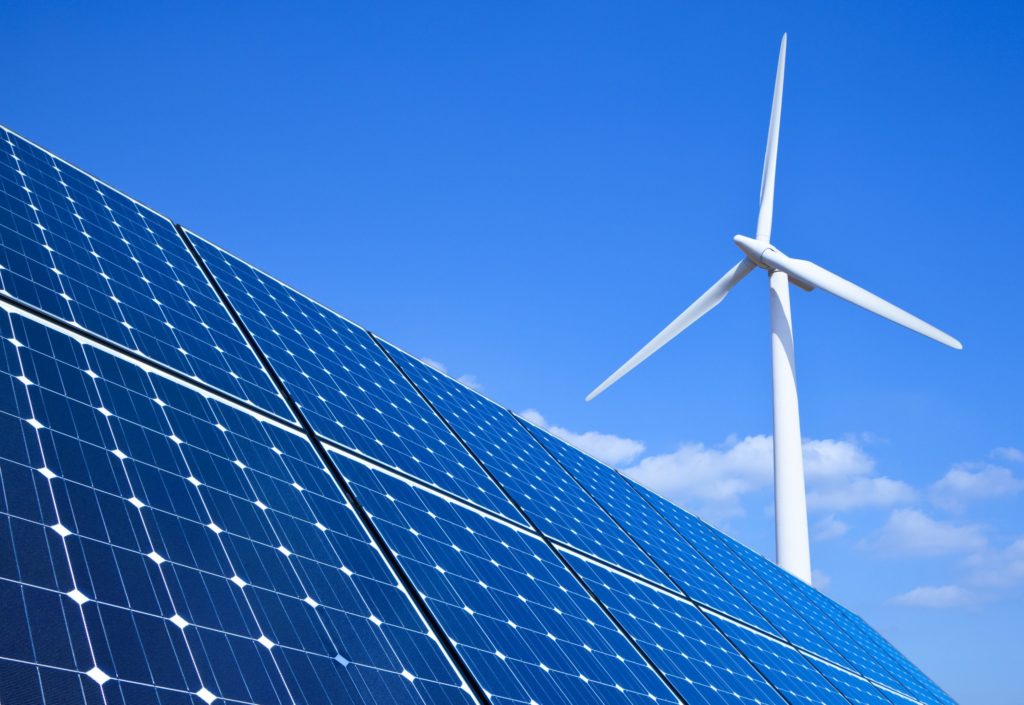Low-Energy Fridays: Farewell 1.5 degrees Celsius, we hardly knew you.
The Intergovernmental Panel on Climate Change (IPCC) has sounded a “final” warning that the target of keeping post-industrial global warming to below a 1.5° Celsius increase will soon be out of reach. But what exactly does this mean? As is often the case, there is a wide gulf between political rhetoric and reality.
Before 1.5° was the commonly accepted climate target, it was 2.0°. Where did 2.0° come from? Nobel laureate economist William Nordhaus posited that if global temperature averages exceeded 2.0° C pre-industrial levels, it would push the Earth to a point that it had not seen before. This 2.0° stuck not for any scientific reason, but because of a commonsense idea that we have a better chance of withstanding climate impacts if they are within the bounds of what has been observed.
For a time, 2.0° was the commonly accepted climate target. But in 2015 under the Paris Agreement, which has 194 of 198 countries involved, rhetoric shifted to a target of 1.5°. The explanation for this shift was that the risk of extreme impacts from climate change are much higher at 2.0° than at 1.5°. But this is also true of 2.5° versus 2.0°, or 4.0° versus 3.5°. Climate risk increases logarithmically, not linearly, meaning that the more the temperature rises, the worse the effects are compared to the prior incremental increase. The difference in impacts between 1.5° and 2.0° is much smaller than the difference between 3.5° and 4.0°, even though the difference between the temperatures is the same.
Low-Energy Fridays
Every Friday we take a complicated energy policy idea and bring it to the 101 level.
The more pragmatic reason 1.5° was targeted is that it’s hard to motivate political action on problems that are far off. Currently, warming from climate change is around 1.1° C, and we are expected to reach 1.5° in the early 2030s, but we’re not expected to reach 2° until 2050-2065. The sense of urgency is far diminished for 2.0° versus 1.5°.
But how worried should we be? In the past, R Street has noted that zealous rhetoric surrounding climate change with phrases like “code red” is extremely unhelpful, and makes it harder for policy responses to be properly calibrated to the risk we seek to avoid. While the latest predictions from the IPCC were surrounded with news of pessimism, the report is also a case for optimism as the worst-case scenarios are considered “very unlikely,” and the projected warming by 2100 is 2.2° to 3.5° instead of the IPCC’s prior topline of 2.6° to 4.8°.
But all of this ignores that the policy case for climate action is about avoiding the highest cost “fat tail” scenarios. It was always nearly impossible to hit a 1.5° target, but it’s a lot better to hit 3.0° instead of 4.0°, or 2.5° instead of 3.0°. A heavy focus on 1.5° tends to obfuscate that most of the benefits that climate policy can offer are still within reach.
At the end of the day, we need to understand that mitigating the effects of climate change will happen on a spectrum. Concrete targets may make for great headlines and political points, but they don’t always reflect the underlying policy debate, which is about trying to find what is achievable on climate policy within the means available to us. The latest news reveals that nobody is getting a gold star on climate, but that doesn’t mean we’re on the verge of flunking out either.









